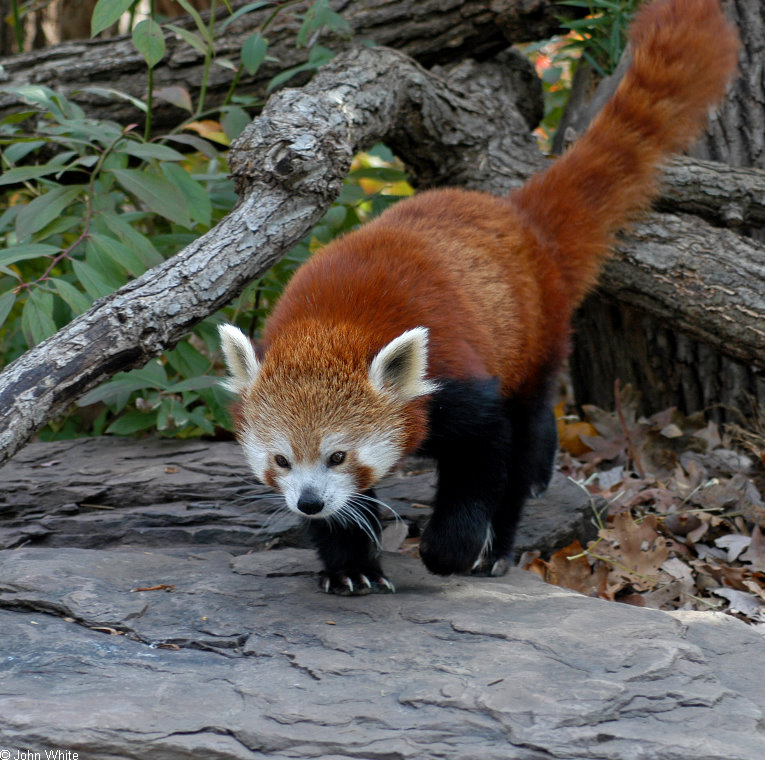|
| 질의: Mammal | 결과: 2147번째/3457 | |
Red Panda (Ailurus fulgens)
| 제목: | Red Panda (Ailurus fulgens)
| | 올린이: | John White (john.white161@verizon.net)
| |

| 해상도: 765x760
파일크기: 172769 Bytes
등록시간: 2005:11:29 08:29:38
|
Red Panda (Ailurus fulgens)1708
The red panda (Ailurus fulgens), also called the lesser panda, the red bear-cat, and the red cat-bear, is a mammal native to the eastern Himalayas and southwestern China. It has reddish-brown fur, a long, shaggy tail, and a waddling gait due to its shorter front legs; it is slightly larger than a domestic cat. It is arboreal, feeds mainly on bamboo, but also eats eggs, birds, and insects. It is a solitary animal, mainly active from dusk to dawn, and is largely sedentary during the day. |
^o^
동물그림창고 똑똑전화 누리집
^o^
|
|